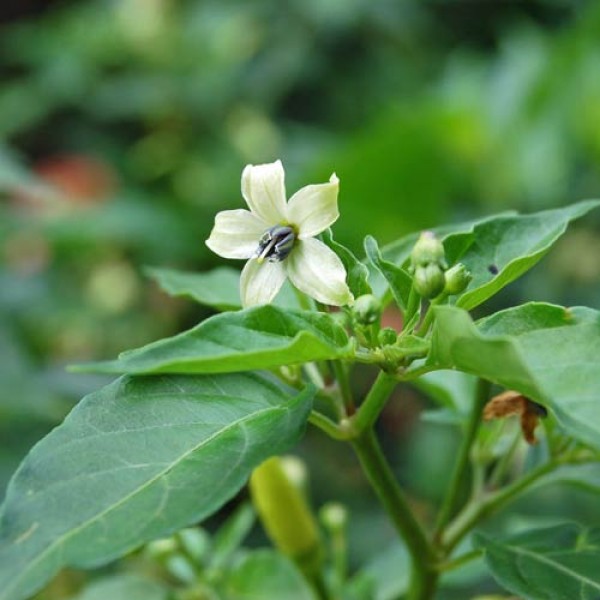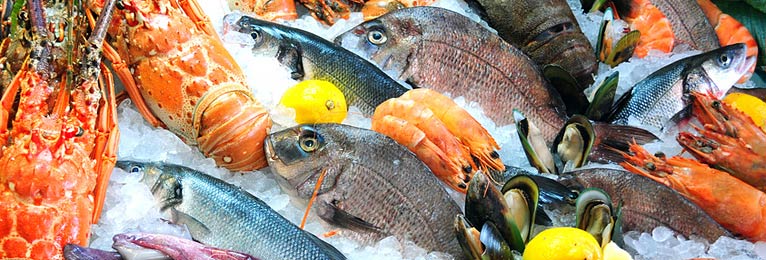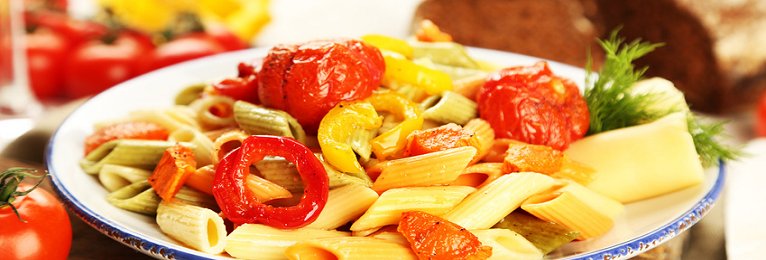
Problem: Chili Plant Flower Drop
What to Do When Your Pepper Drops the Flower Bud
It can happen that your carefully nurtured chilli plants lose their blossoms without any fruit (chillies) forming.
It is normal that some flower drop always occurs on healthy plants, but it becomes a problem if the plant loses many of its flowers. In order to fix this common problem, it helps to understand the various causes.
1st Cause: Lack of Pollination
Chilli plants - like most flowering plants - are monoecious, i.e. both sexes (male and female) are on one plant, in the case of chillies even within one flower: the male sexual characteristics are the pollen-bearing stamens and the female ones are the pistils. The flowers can be self-pollinated or pollinated by insects (bees, bumblebees). A lack of pollinating insects is particularly prevalent when plants are grown inside or in a greenhouse. If the flowers are not pollinated, they wilt and fall off.
Prevention: Pollination by hand
A simple and free solution is to do it manually by performing the pollination yourself. This also ensures purity of variety which is particularly interesting for breeders or if you want to obtain seed.
A lack of air flow (e.g. in the greenhouse) you can simulate by some sort of vibration: shake the plant carefully once a day for at least 3 seconds.
Or you can use a cotton bud or fine paint brush (or a delicate finger tip will do!) and lightly rub it inside each of the flowers of a plant. Continue to do this once a day for a couple of weeks and you should soon start to see some fruit setting.
Tip: When pollinating by hand, the humidity should be above 60 % and the temperature should be between 20 - 28°C.
2nd Cause: Wrong Planting Site
Even if the flowers have been pollinated, they can still fall off. This may be due to the wrong location:
- too dark/shady
- too cold or draughty
- a lack of air flow
- extreme temperature fluctuations, especially between day and night temperature (too cold at night)
- over-watering-
- too low temperature during pollination (< 19°C)
- too high temperatures > 33°C (e.g. in the greenhouse if there is not enough ventilation)
Prevention: The right location for chillies
Of course, a greenhouse is the ideal location for chillies. There are only slight temperature fluctuations between day and night, but care must be taken to ensure good ventilation and shade in summer. A relative humidity of 75% is ideal.
But even outdoors, successful chilli cultivation is not witchcraft if you observe a few basic things when choosing a location:
- plant out only after all danger of night frosts has passed
- sunny and warm: choose a spot with at least 6 hours of sunlight per day and, if possible, without draughts, ideally on a south-facing house wall (as the wall stores the heat of the day and releases it at night).
- a deep, humus-rich soil with a neutral pH value
- possibly a roof to protect from cool rain.
- protective fleece or film for cold nights
Tip: The Rocoto (Capsicum pubescens or "tree chilli") is an exception. It requires lower night temperatures for good flowering and is therefore very suitable for growing outdoors rather than in a greenhouse.
3rd Cause: Wrong Care
Chillies are high nutrient-demanding plants and need a good supply of the right nutrients and a regular water supply. Causes for the flowers to drop off can be, for example:
- Waterlogging (overwatering)
- Root dryness (lack of watering)
- Nutrient deficiency
- Overfertilisation, especially with nitrogen (N)
Prevention: Appropriate water and nutrient supply
From a height of approx. 20 cm, you should fertilise your chilli plants every 1-2 weeks with an organic fertiliser suitable for chilli plants. A tomato fertiliser is also suitable. Alternatively, you can work compost or horn meal into the top layer of soil once a month. If you don`t like to use fertiliser, you can also water with nettle manure 1-2 times a week.
It is important to water the chilli plants sufficiently, but not too much. The root ball should never dry out completely, but the top layer of soil can become dry. The goal is to keep the soil moist but never soggy.
Tip: The easiest way to find out whether your chilli needs watering is to check ithe pot`s weight: lift the pot, if it feels light, then watering is necessary.
4th Cause: Too Early Flower Set
Too early flowering is actually the result of a combination of wrong site conditions and wrong care. The most important requirement for a rich flower and fruit set is a well-developed root system and a strong plant. This means that the chilli should be in a pot with a volume of at least 10 litres (>27 cm diameter). If it does not have enough space for its root system or a poor supply of nutrients, it will produce flowers when it is too small. If the site conditions are not right (too cool, too shady), the plant may put all its energy into new shoots and leaves, but not into flowers and fruits.
In addition to creating ideal growing conditions, you can also encourage the plant to flower and fruit more by pruning dense and unnecessary shoots. However, it is important to prune only fully grown and strong plants. Remove only one shoot per branching and, if there are many flowering shoots, remove some of them.
Manufacturer
Name: | Chili-Food-Wissen |
Address: |

 Nettle Liquid Manure
Nettle Liquid Manure 







